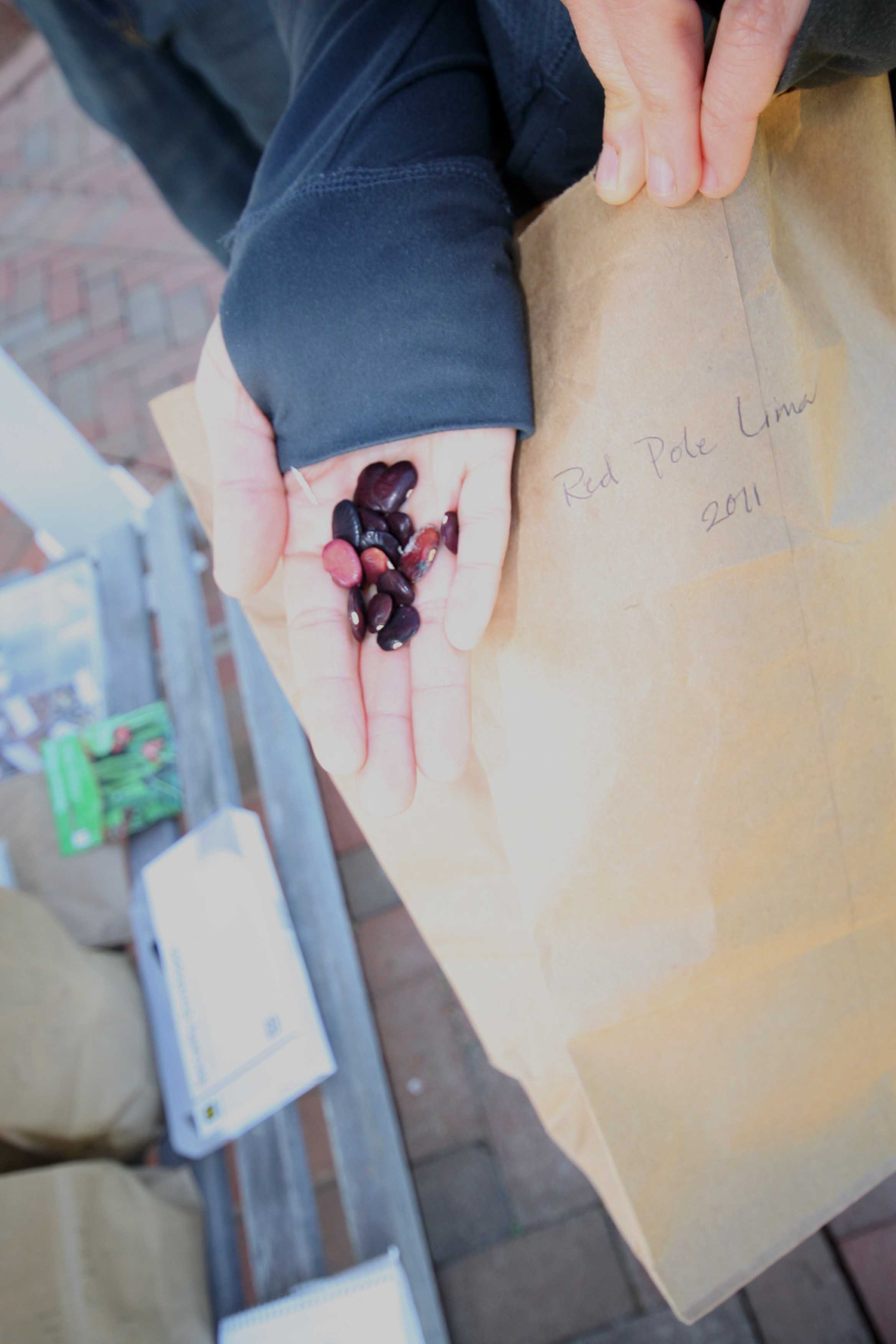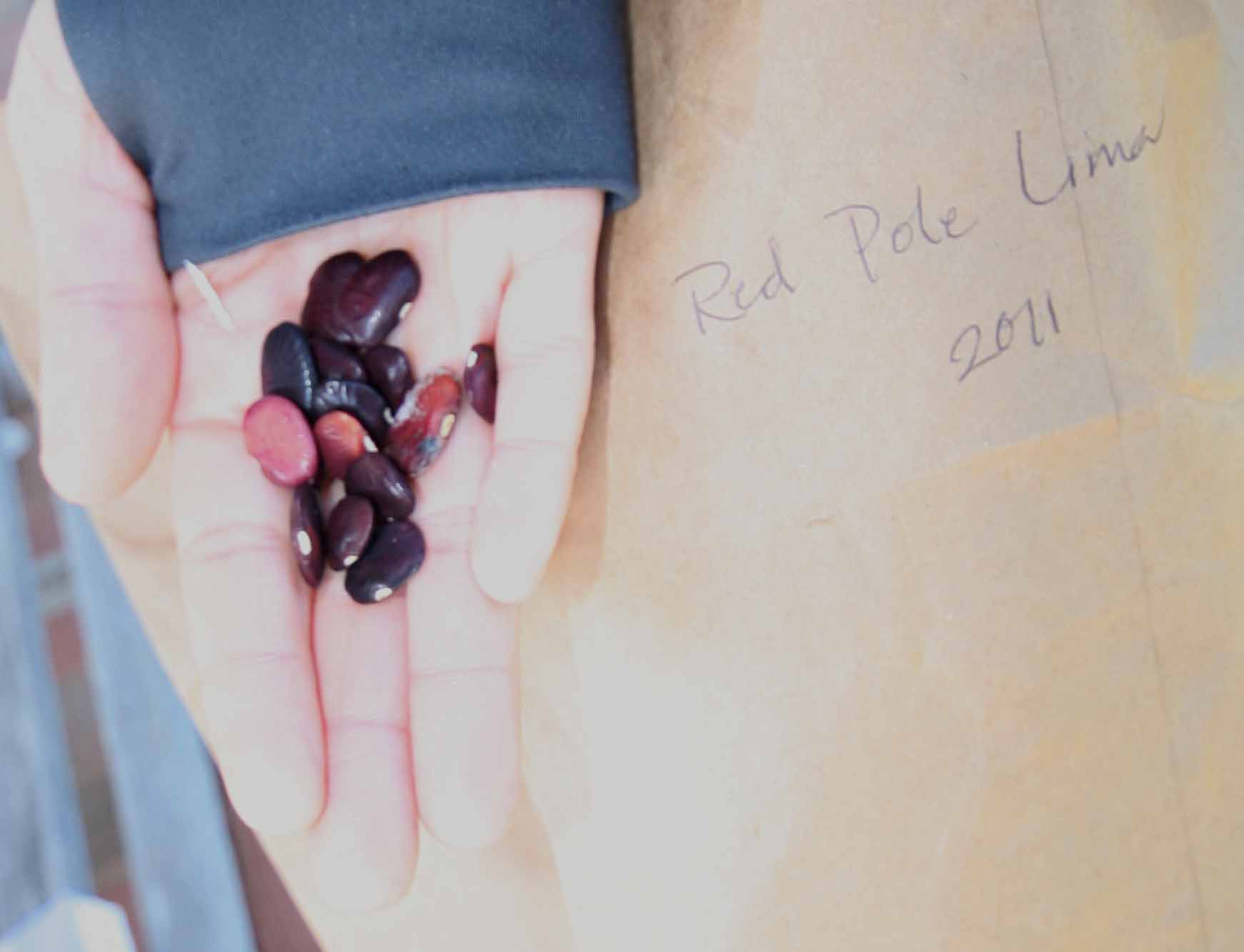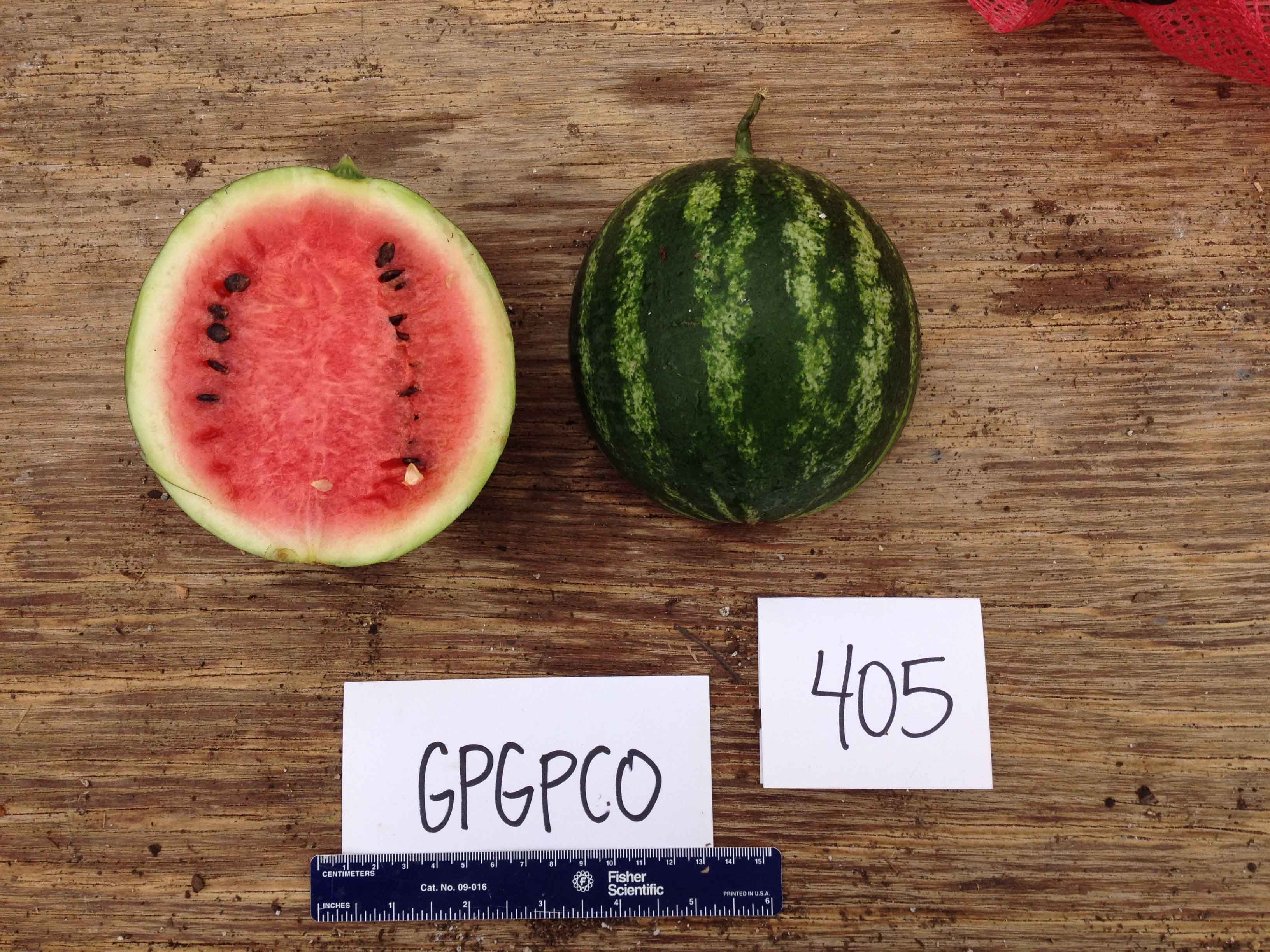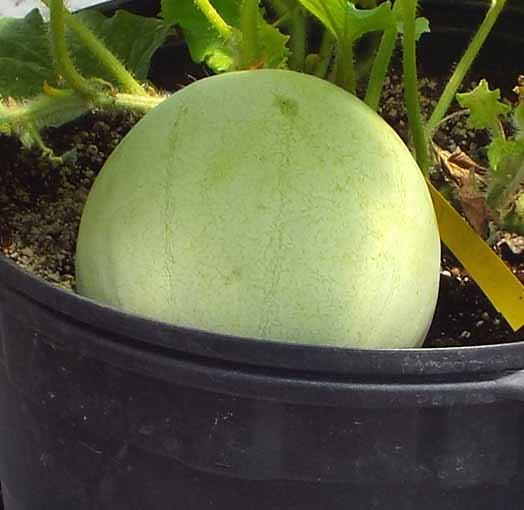The market for organic produce increases every year as does the number of farmers stepping up to meet that demand, but the number of seed companies catering this growing market is still relatively limited.
Organic growers need seeds that pass muster for organic certification as well as seeds for varieties that are well suited to organic production. And those varieties are just not being developed fast enough, said Suzanne Stone, a graduate student in the horticulture department at the University of Georgia College of Agricultural and Environmental Sciences.
“In organic agriculture we have a lot of room for improvement in terms of productivity,” Stone said earlier this month at the Southeast Regional Fruit and Vegetable Conference in Savannah. “We need to think about the crops that we’re growing in our organic systems and making sure we select varieties that thrive in conditions unique to that system. “
Stone is seeking her doctorate in horticulture, advised by Dr. George Boyhan, and is working in the college’s organic breeding program. For the past few months, she has been encouraging Georgia’s small and organic farmers to take stock of what improved traits they need from their seed and start working with breeders at UGA to get new varieties produced. Stone will talk about organic breeding programs and the need for farmer collaboration at the 2015 Georgia Organics conference Feb. 20-21 in Athens.
While resistance to disease and insects are assets that all farmers want in their crops, other desirable attributes are fairly specific to each production practice, Stone said.
Conventional and large-market farmers need plants that produce as many uniform fruits and veggies as possible in a narrow window of time to facilitate harvest. They often need their produce to be tough enough to endure shipping and to meet grocery store size and color requirements.
Organic, naturally grown and other small-scale farmers are growing for totally different markets.
Novel appearance, flavor and the ability to produce a steady stream of produce throughout the season are paramount for smaller growers who sell at farmers markets and directly to restaurants and consumers, Stone said. Variable ripening and size are not only OK—they can be a good thing for a farmer trying to stagger harvests and maintain a season-long supply for customers.
The problem is that there seems to be little interest in breeding for this second category of farmers, Stone said.
While some older, garden-centered varieties and heirlooms offer good flavor and unique appearance, most lack good disease resistance. Seed companies are not actively working to update varieties that are reliable and profitable for, specifically, small or organic farmers.
“Organics are only 4 percent of U.S. food market,” Stone said. “It’s growing rapidly every year, but it’s still a tiny part of the market, so seed companies are not breeding for organic growers. It’s just economics.”
That’s where public university breeding programs come in, she said.
Stone has spent the last few years developing a watermelon cultivar that will work well for organic growers. She started with a compact melon variety and has worked to select favorable traits from controlled cross-pollinations.
The result will be a flavorful, disease-resistant, compact melon plant, producing small, farmers-market-ready, “personal-size” melons that leave plenty of room between rows to make manual weeding easier.
When the melon is released, it will be adapted to grow in Georgia—where watermelons are big business, but almost none of the production is organic.
Stone hopes that organic farmers will start to think a little more critically about the varieties they grow here in Georgia and of some crop attributes that might make their farms more productive.
Southeastern vegetable breeders, like those at UGA, are eager to work with organic and naturally grown farmers.
“It can take 10 years to release a new cultivar,” she said. “We need to keep the support going for these [breeding] programs because we’re here, ready to do the work. There are great heirloom varieties that need improved disease resistance. There’s a germplasm bank in Griffin, Georgia, where we can go and get all kinds of exciting germplasm for our crops. We just need the funding and the time to do the work.”
Germplasm banks and seed collections — like the one in Griffin administered by the U.S. Department of Agriculture — hold thousands of older and wild varieties of the crops we grow today. Many have desirable traits — flavor, disease resistance, novel appearance — that have not been fully catalogued, but could be bred into existing vegetable varieties to make them more sustainable, more productive or tastier.
Both organic vegetable breeders, like Stone, and conventional breeders who work with row crops believe that the traits carried by some of these older and native varieties could help make all agriculture more sustainable. It’s just a matter of supporting the research of scientists who are working to investigate these plants and breed the improved traits into our current crops.










